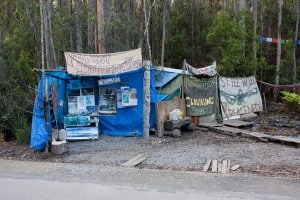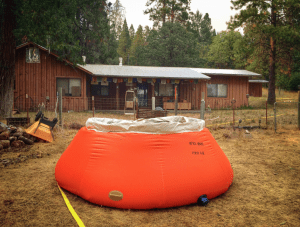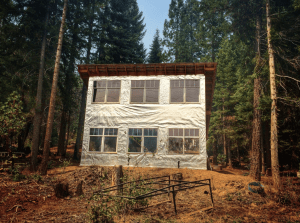I recently received a copy of a book, “The Ecological Importance of Mixed-Severity Fires: Nature’s Phoenix,” edited by Dominick DellaSala and Chad Hanson. In the August edition of The Forestry Source, I write that the book is “advocacy first and science second.” You can get a sense of this in a NY Times op-ed by DellaSala and Hanson from last week, “More Logging Won’t Stop Wildfires,” in which they write:
“In the case of the Rim Fire, our research found that protected forest areas with no history of logging burned least intensely. There was a similar pattern in other large fires in recent years. Logging removes the mature, thick-barked, fire-resistant trees. The small trees planted in their place and the debris left behind by loggers act as kindling; in effect, the logged areas become combustible tree plantations that are poor wildlife habitat.”
I know Larry H. and others will have something to say about this.
Contrast the DellaSala/Hanson view with objective science in “Fuel and Vegetation Trends after Wildfire in Treated versus Untreated Forests, Forest Science, August 2015. The abstract:
“Increasing size and severity of wildfires have led to increased interest in managing forests for resiliency to future disturbances. Comparing and contrasting treated versus untreated stands through multiple growing seasons postfire provide an opportunity to understand processes driving responses and can guide management decisions regarding resiliency. In treated and untreated forests, we compared fire effects 2–10 growing seasons following fire on 3 different fires in New Mexico and Arizona. We estimated understory cover, standing crop, fuel loading, and basal area in (1) lop, pile, burn; (2) lop and scatter; (3) harvest and burn; and (4) untreated control stands. Untreated sites had persistent bare soil exposure and less litter cover up to 10 growing seasons after fire. However, there were few differences in standing crop among years and treatments. Falling rampikes contributed to greater coarse woody debris on untreated sites versus treated sites 6 –10 years postfire. However, there were few differences in fine fuel loading among treatments. Proactive management using the full range of silvicultural tools can reduce fire severity and create desired stand conditions, depending on management objectives.”
I highlighted the last sentence for emphasis.







